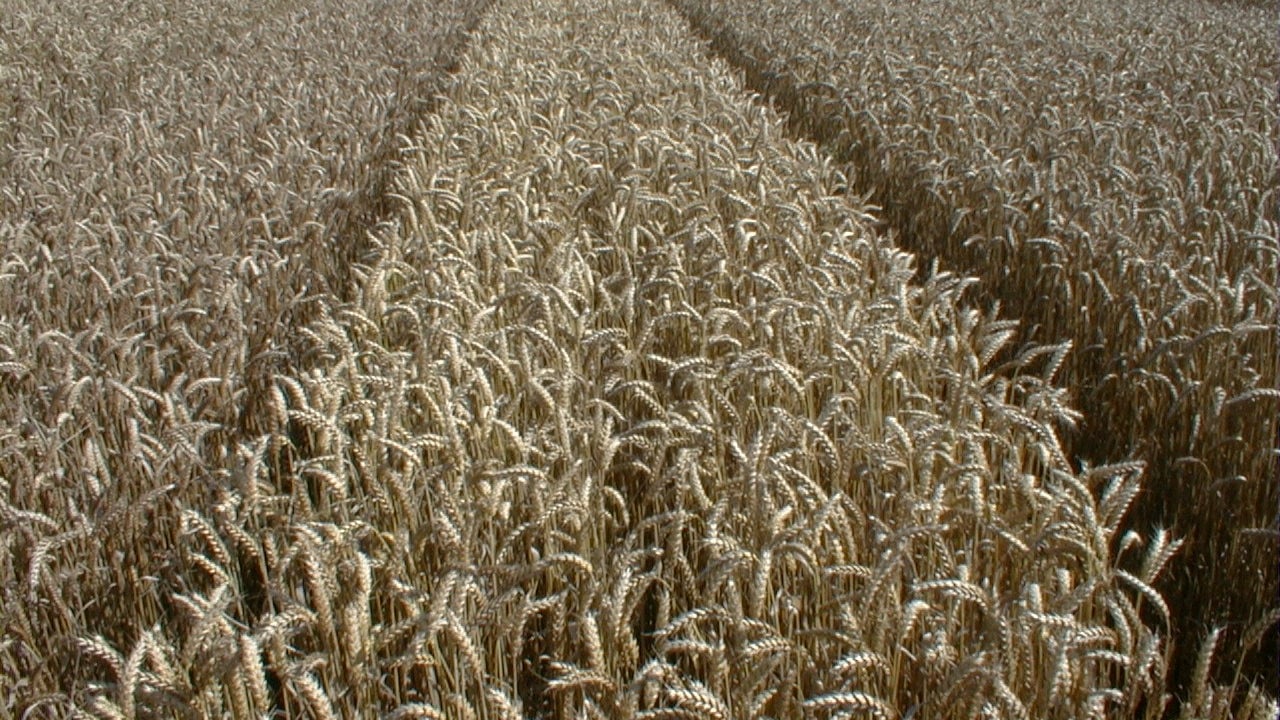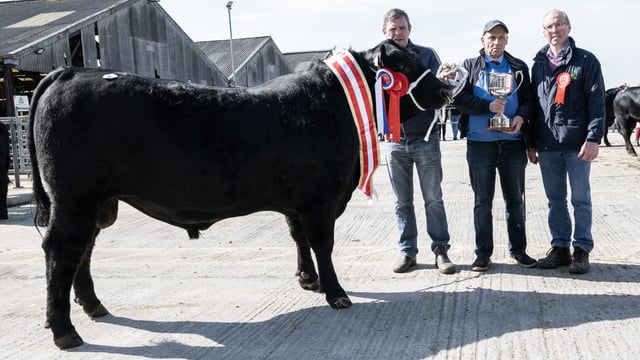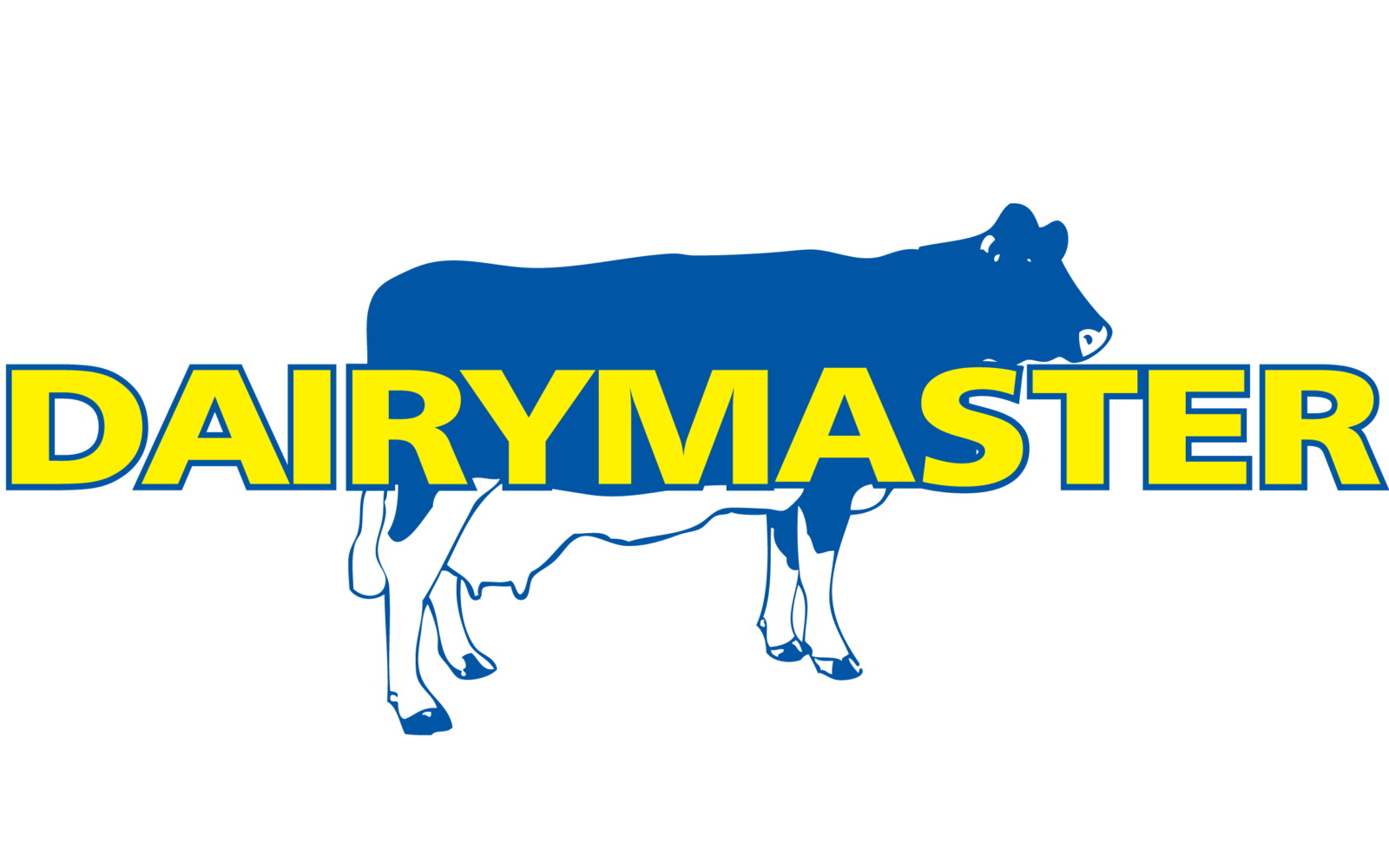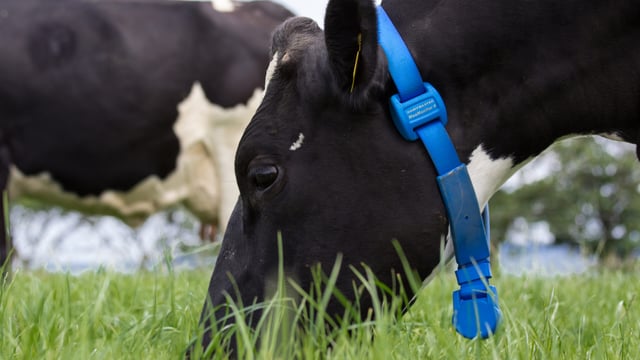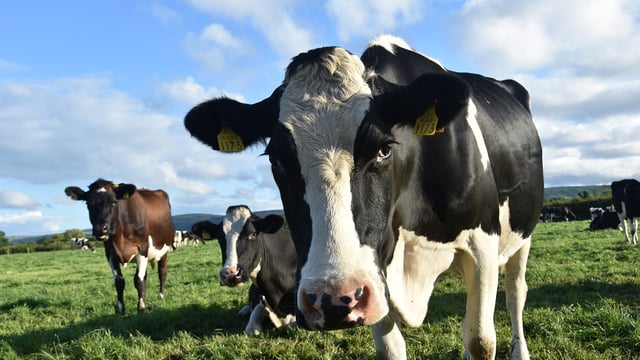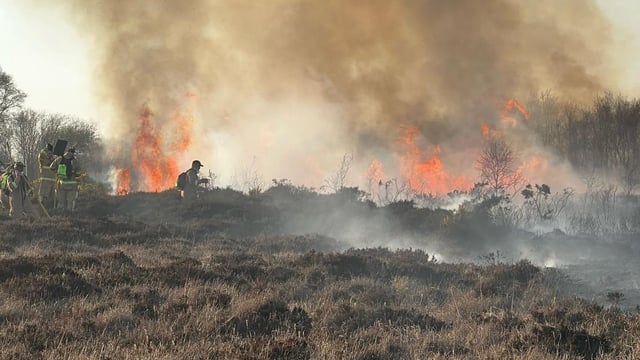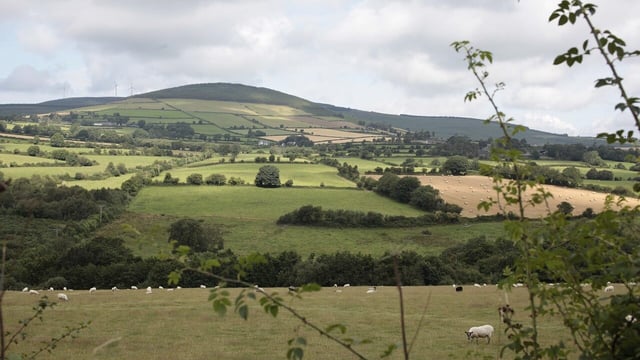Tillage: Update on winter cereals management
All winter cereals are looking well and are moving through their growth stages at a pretty fair lick at present.
Moreover, with rain forecast over the coming days, this rate of change could well pick up still further.
Given this backdrop, Teagasc has reviewed the management priorities for the period ahead, where winter cereal crops are concerned.
Winter cereals
Winter barley
Growth in winter barley has increased in the last few days on the back of some high temperatures, although crops on light soils are starting to suffer from the drought.
Most crops are approaching growth stage (GS) 32, with earlier developing varieties like KWS Joyau approaching GS 37.
The last application of nitrogen should be on by now, as barley does not use nitrogen efficiently post GS 32.
Remember crops will be shooting out in about a month’s time and so will need all the nutrients applied to support this growth.
The recent dry weather has kept disease pressure very low in most crops, although there are reports of mildew in Integral.
However, the recent cold nights have made applications of plant growth regulators (PGRs) tricky, so growers wait until there is no frost forecast before applying one.
Most winter barley crops are on a two-spray fungicide strategy. Ramularia is the key target disease at this stage.
Teagasc trials have shown that the fungicide applied at the awns peeping gives the best result. Applying a fungicide at GS 37 has repeatedly shown little benefit to overall yield, unless you need to control mildew in the likes of Joyau or Integral.
Winter wheat
Among the winter cereals, wheat crops are starting to move through the growth stages quite quickly now. Most crops are at GS 31 and are in need of the main split of nitrogen.
Disease levels vary with yellow rust prone varieties starting to show signs of infection. Septoria is evident in all crops at various levels.
Crops are in stem extension and so will require a PGR next week, with other jobs like wild oat control also needed in the coming weeks.
The addition of a leaf 4 fungicide will depend on whether or not yellow rust is present. For prone varieties, control is generally warranted. Options include Comet + Folpet or Sulphur. Septoria levels are relatively low given the dry conditions.
However, in early sown crops in the south, a leaf 4 fungicide application is common, which has generally consisted of Folpet or Sulphur.
Winter oats
Winter oats have grown considerably over the past 10 days, although some are still a little bit backward.
Crops are generally looking well and growth stages range from GS 30 – GS 32. Mildew reports are rare as many would have received Talius plus prothiocoanzole, so crops are still very clean.
Most winter oats crops are approaching GS 32 and should get their main growth regulator, options include Ceraide/ K2 1.5 l/ha or Moddus 0.2l/ha + CCC 1.0 l/ha.
Teagasc trials show that the GS 32 timing is most effective for growth shortening in oats.

